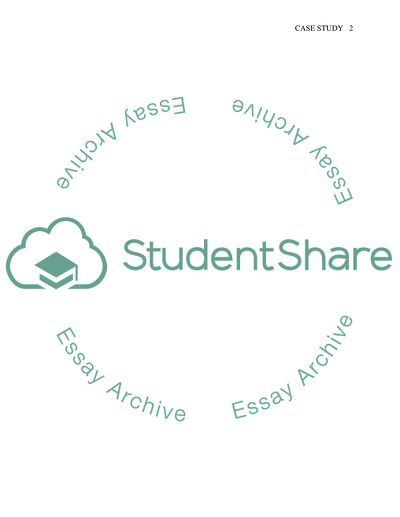Cite this document
(“Postoperative Nursing Intervention Essay Example | Topics and Well Written Essays - 1500 words”, n.d.)
Retrieved de https://studentshare.org/health-sciences-medicine/1507467-postoperative-nursing-intervention
Retrieved de https://studentshare.org/health-sciences-medicine/1507467-postoperative-nursing-intervention
(Postoperative Nursing Intervention Essay Example | Topics and Well Written Essays - 1500 Words)
https://studentshare.org/health-sciences-medicine/1507467-postoperative-nursing-intervention.
https://studentshare.org/health-sciences-medicine/1507467-postoperative-nursing-intervention.
“Postoperative Nursing Intervention Essay Example | Topics and Well Written Essays - 1500 Words”, n.d. https://studentshare.org/health-sciences-medicine/1507467-postoperative-nursing-intervention.


